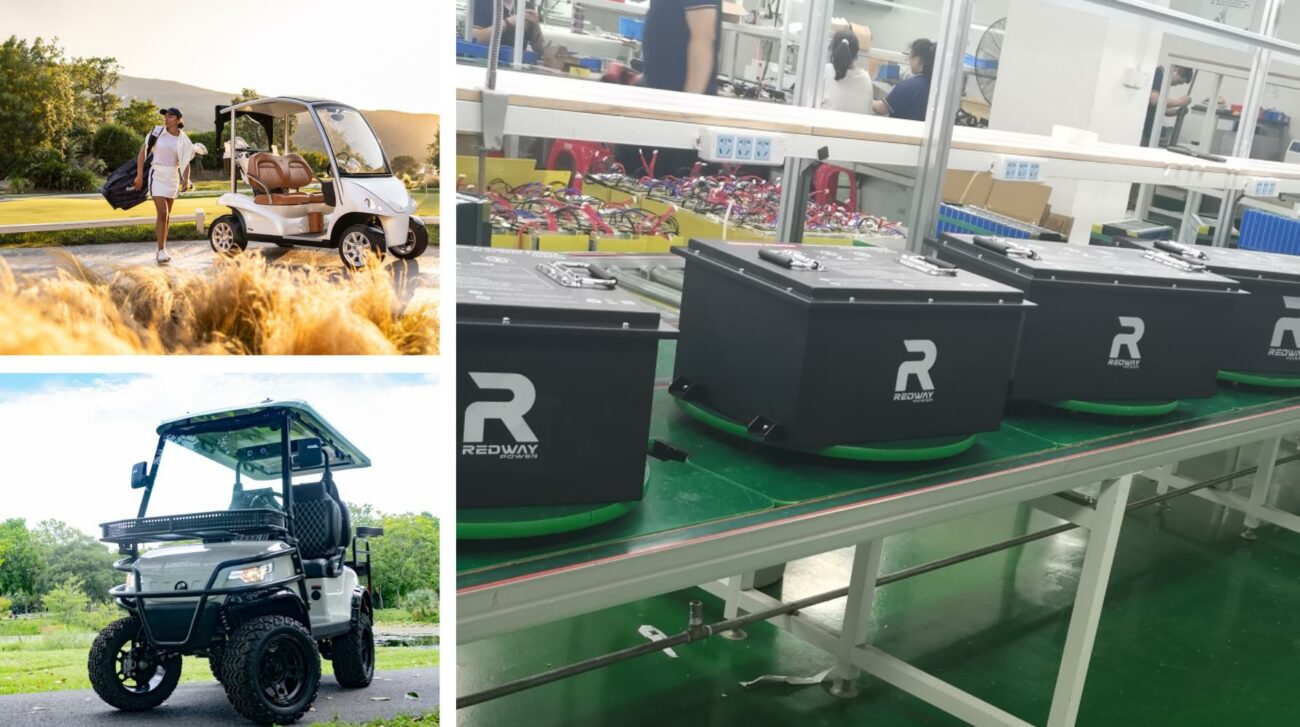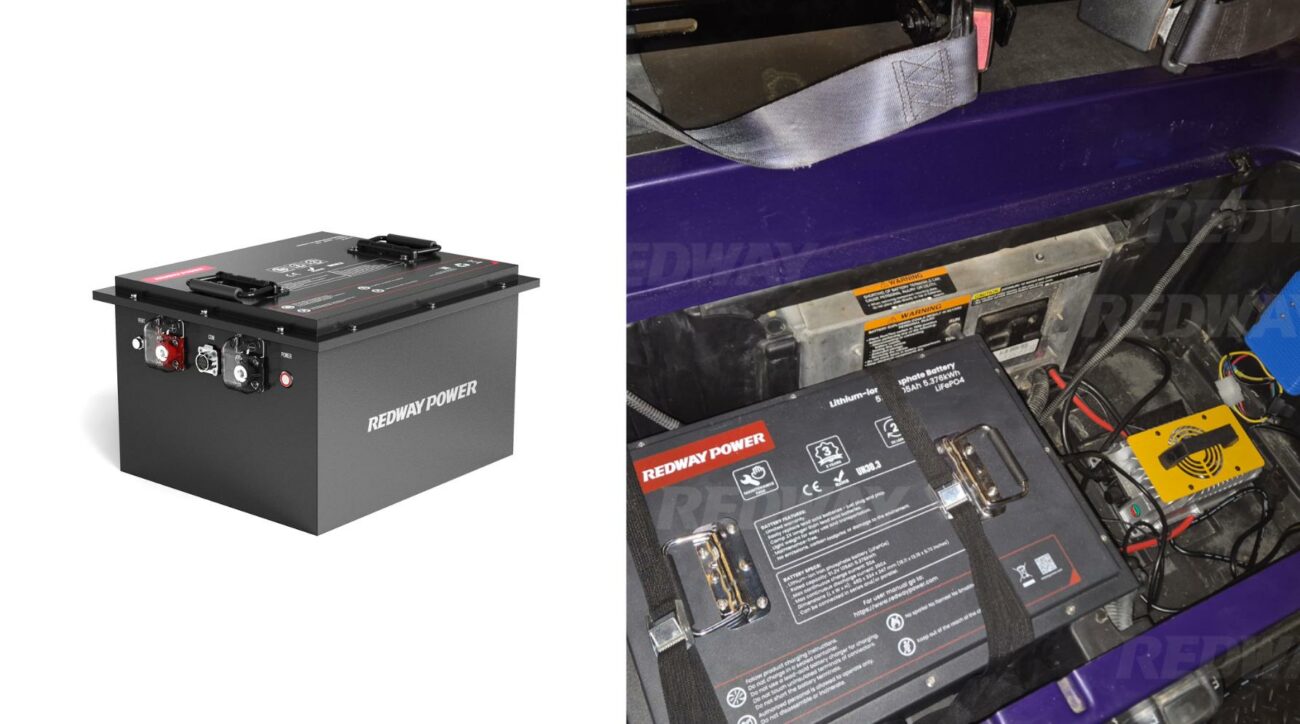Lithium vs lead acid forklift battery prices involve trade-offs between upfront costs and long-term savings. Lithium batteries cost 2-3x more initially but last 3x longer with minimal maintenance. Lead acid batteries are cheaper upfront but require frequent replacements, watering, and charging downtime. Lithium’s energy efficiency and lifespan reduce total ownership costs by 20-30% over 10 years. For high-usage operations, lithium is often more economical.
Forklift Lithium Battery – Product Category
What Are the Initial Purchase Costs of Lithium vs Lead Acid Batteries?
Lithium-ion forklift batteries cost $6,000-$15,000 depending on capacity, while lead acid ranges from $2,500-$7,000. The higher lithium price reflects advanced materials like cobalt/nickel and built-in battery management systems. Lead acid uses simpler lead plates and sulfuric acid electrolytes. However, lithium batteries require no additional infrastructure costs for ventilation or acid containment.
| Battery Type | Price Range | Key Components | Lifespan (Cycles) |
|---|---|---|---|
| Lithium-ion | $6,000 – $15,000 | Cobalt, Nickel, BMS | 3,000 – 5,000 |
| Lead Acid | $2,500 – $7,000 | Lead Plates, Sulfuric Acid | 1,000 – 1,500 |
Operators should consider regional energy costs when evaluating options. Lithium batteries achieve 95% energy efficiency compared to lead acid’s 70-80%, significantly reducing electricity bills in areas with high kWh rates. A 2023 study by the Material Handling Institute found warehouses in California saved $1,200 annually per lithium battery due to time-of-use rate optimization.
How Do Long-Term Ownership Costs Differ Between Battery Types?
Lithium batteries demonstrate cost superiority through reduced maintenance and operational efficiencies. Unlike lead acid models requiring weekly watering and monthly equalization charges, lithium units operate maintenance-free. This eliminates labor costs for battery care – typically 15 minutes daily per unit. Over a 10-year period, facilities report:
- 83% less battery-related labor costs
- 62% lower energy consumption
- 40% fewer battery replacements
Fast charging capability further enhances lithium’s value proposition. Opportunity charging during breaks extends runtime without battery swaps, increasing productivity by 18% in multi-shift operations according to Toyota Material Handling data. Lead acid batteries require 8-hour cool-down periods after charging, forcing operators to maintain larger battery fleets.
“Lithium adoption in material handling grew 317% from 2018-2023. While lead acid still dominates 68% of the market, our clients report 18-month ROI on lithium conversions through labor savings alone. Fast charging eliminates shift changes, and 10,000-cycle lifespans justify the premium.”
– Redway Power Solutions Engineer
Conclusion
While lead acid batteries maintain a price advantage for low-usage scenarios, lithium-ion technology delivers superior ROI for operations exceeding 2 shifts/day. Key decision factors include energy consumption patterns, labor costs, and sustainability goals. As lithium production scales, price parity with lead acid is projected by 2030, accelerating the shift to maintenance-free electric forklift fleets.
FAQ
- Can lithium batteries be retrofitted into lead acid forklifts?
- Yes, most Class I-III forklifts can be converted using adapter kits. Redway’s UL-certified kits maintain OEM warranty compliance while reducing weight by 40%.
- How often do lead acid batteries need watering?
- Typical watering frequency is every 5-10 charges. Improper watering causes 78% of premature lead acid failures according to Industrial Battery Journal.





